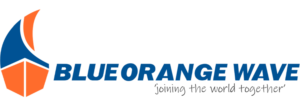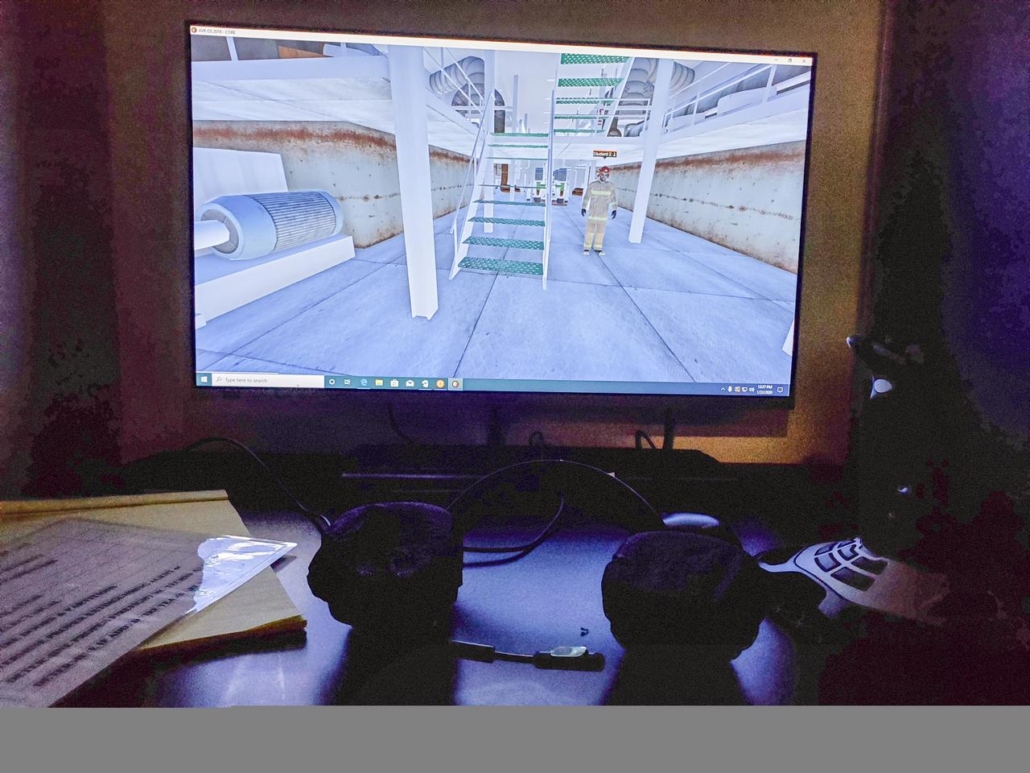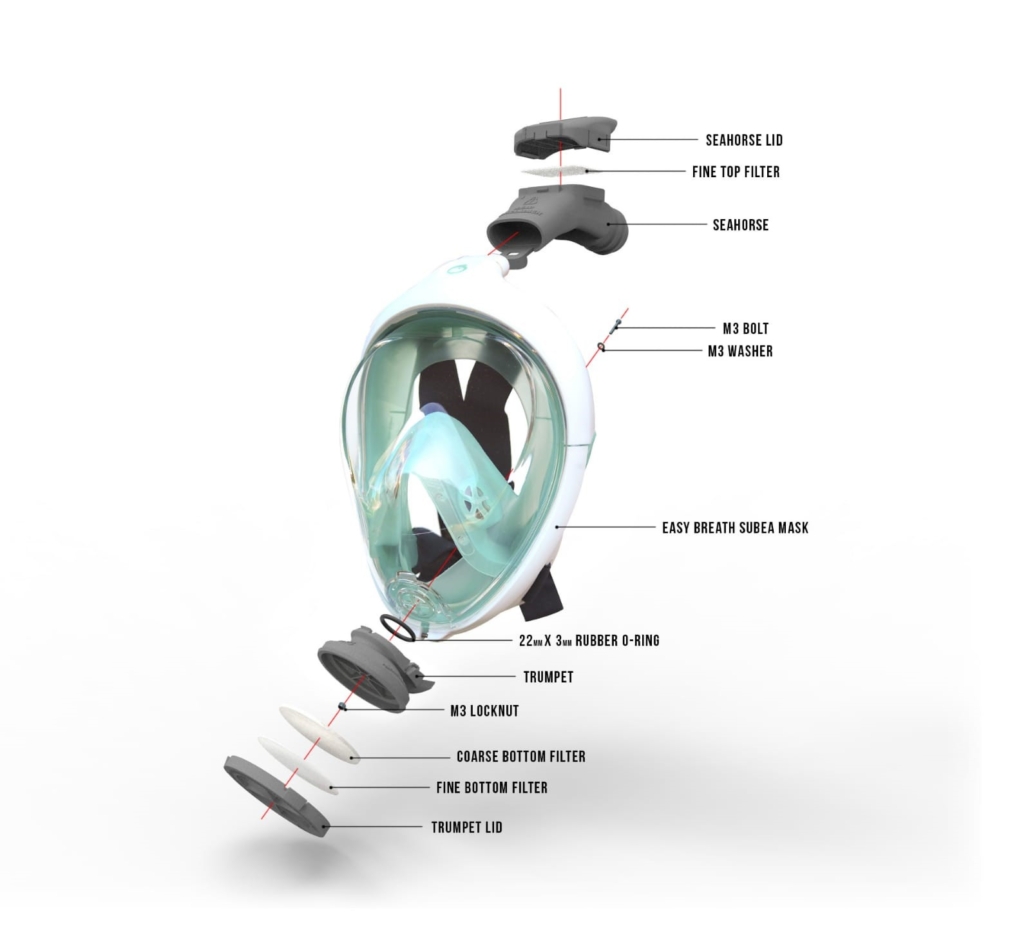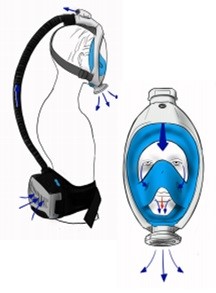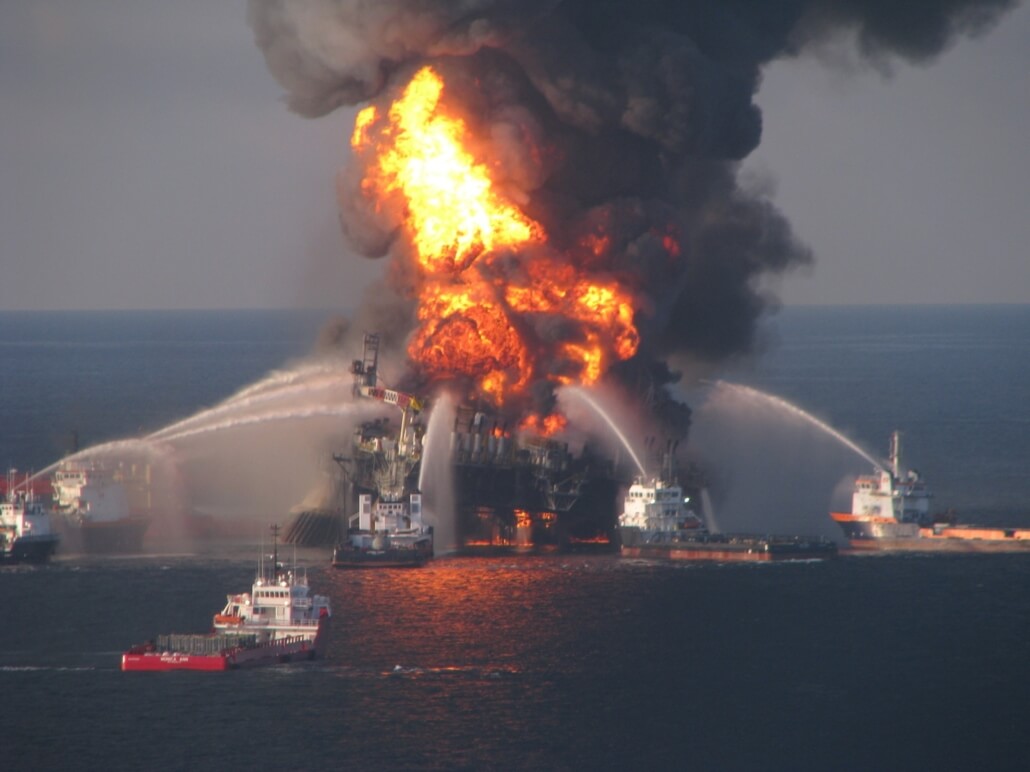Meet the Founder: My interview with Menno from Redgrasp
Redgrasp is a tech startup that has shaken up the world of e-learning with their innovative micro-learning platform. Their unique style of delivery boasts improved engagement rates and greater participation than traditional e-learning, and as a result, more learning and improved retention.
I had a chance to sit down with one of the founders and hear more about the early days of Redgrasp and their exciting future, including their collaboration for Tagit Wave with Blue Orange Wave. From a passion project to successful tech company, Redgrasp’s origin story is truly inspiring.
How did you start Redgrasp?
[Menno]: I had an idea to create a web-application that would link multiple choice questions to different subjects. I had this prototype developed in India, but found I needed a technical cofounder to bring the idea further.
Frans had the idea to digitalize progress tests (a progress test is like a final exam in which all cognitive learning goals of the curriculum are tested) in the medical sector and was looking for someone to help him get his foot in the door.
We were introduced to each other through a mutual friend. Our ideas seemed to overlap. More important: our attributes and skills appeared to be very complimentary while having a lot of common interests. At this point I registered at UtrechtInc, a startup incubator. We started our collaboration and worked our ideas out further. A few weeks later our “minimum viable product” Redgrasp was ready. We kept improving and expanding this in the years that followed.
Who are you and where do you come from? We’d love to hear a bit more about your background.
Frans studied Electrical Engineering in Delft and worked as a strategy consultant after. He had an interest in computer architecture and software since a young age. At some point he made the switch from strategy consultancy to software development and turned his hobby into a job. Because of his background in both business and software he has the ideal skills for a software company.
I was also interested in computers and programming from a young age. This hobby was put on hold during my medical studies, but the fascination remained. During my training to become an internist I was captivated by the idea of starting a software company as a side project. Software is a good way to have impact on a bigger scale. You obviously cannot really call Redgrasp a side project anymore even though I still work two days a week as an internist-endocrinologist.
What is your product, what do you sell?
Redgrasp is a microlearning platform based on e-mail. We turn guidelines and protocols into a low friction knowledge game to keep people informed in an easy way. Participants get quiz questions in an email about all different kinds of subjects that they can answer with one click. After they answer, they can see how they did, how others answered, and how many points they earned. They can also see a short explanation on the right answer so they can learn something in 10-20 seconds. They can get into a discussion with their colleagues who received the same question that day. Our customers are organizations that want to inform their employees or followers about knowledge documents. Think hospitals and professional associations, but also day care facilities, schools and education faculties. With Redgrasp they get a higher participation rate with their followers and – more importantly – people enjoy participating!
Together with Blue Orange Wave we introduce a variant on our platform: Tagit Wave. With this product we will be focusing entirely on the Maritime sector.
How does this product fit in with current development in society and how does it differ from your competitors’ products?
E-learning is a scalable way of helping people learn. But within this category, microlearning is becoming more popular. As it should – e-learning modules meet a low willingness to participate. People aren’t willing to spend 30 minutes clicking and watching videos. Even though we are a form of e-learning, 90% of our participants state that they like Redgrasp more than other forms of e-learning. This has a lot to do with making it as accessible as possible.
What is the ultimate objective of Redgrasp?
To help people increase their knowledge on a wide variety of subjects in an engaging, accessible way.
What do you want to achieve in the future?
We want to keep improving Redgrasp and get more people to engage with our platform in a fun way. We simply get a kick out of the process of doing that.
What is your vision on Learning & Development?
Learning is fun in and of itself. We take away the barriers so people can experience this.
How do people think about your product in relation to educating people?
People learn from examples and fixing problems. Guidelines and protocols are often full of rules and regulations. Our platform goes back to the essence by presenting learning material as a quiz. The question is formulated like a scenario, bringing the material to life. So, instead of reading about an abstract rule in a boring document you get to think about what you would do in a specific situation. You learn better this way and you learn to actually understand the rule. If after the question you don’t agree with the rule – great, discuss it with one another. There is nothing scarier than people following the rules without thinking. It is the thinking that matters.
How do you see your collaboration with Blue Orange Wave? What do you get out of this collaboration?
Blue Orange Wave has extensive knowledge in the area of training and education in the maritime sector but did not have a microlearning platform. We on the other hand, don’t have the same expertise in maritime training yet have the microlearning platform. Our expertise complements one another – there is an amazing synergy. Besides that, the personal connection is just great.
Together with Blue Orange Wave we are in an excellent position to turn Tagit Wave into a huge success.
